Copying business papers a hundred years ago

The most common way to copy business papers in a specified historical period is copying paper and carbon paper. The carbon copy was used throughout the last century almost and became an unconditional office longevity. Older Habravchanes remember, of course, packs of thin black sheets that were sold in bookstores: they were dirty from the bottom, and the top was safe.
However, other inventions, much less known, were used to copy business papers. About them - those stationery methods and devices that were used in the 1910-30s. last century - we'll talk. I frankly do not understand the principles of the operation of some of them, by virtue of my economic education, then I don’t write about the technical side of the matter, but simply publish pictures.
Quite rare pictures, by the way, - and, most importantly, there are a lot of them.
1. Carbonized blanks.
')
The most common way to copy a document (unless, of course, it's not easy to rewrite it by hand) is a carbon copy. However, using carbon paper is tedious: it is required to place a copy sheet between two writing sheets, that is, to combine the borders of three sheets. It is much more convenient if the reverse side of the form is already a carbon copy, and the forms are stapled in one bundle. In this case, you tear off the number of forms you need, fill in one of them and - oh, the joy of scientific and technical progress! - you receive the necessary number of the filled forms: two, or three, or even four. It is much more fun than to shift several forms with carbon copy sheets, not to mention manually filling in forms with the same text.
Forms with the reverse side in the form of a carbon copy have become widespread abroad:
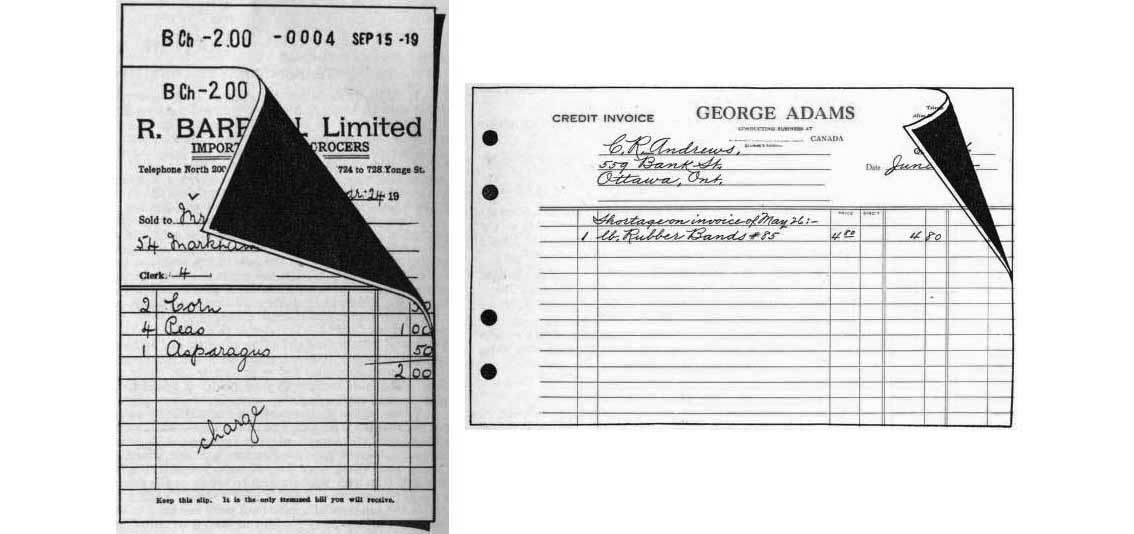
In Russia, he was also known:
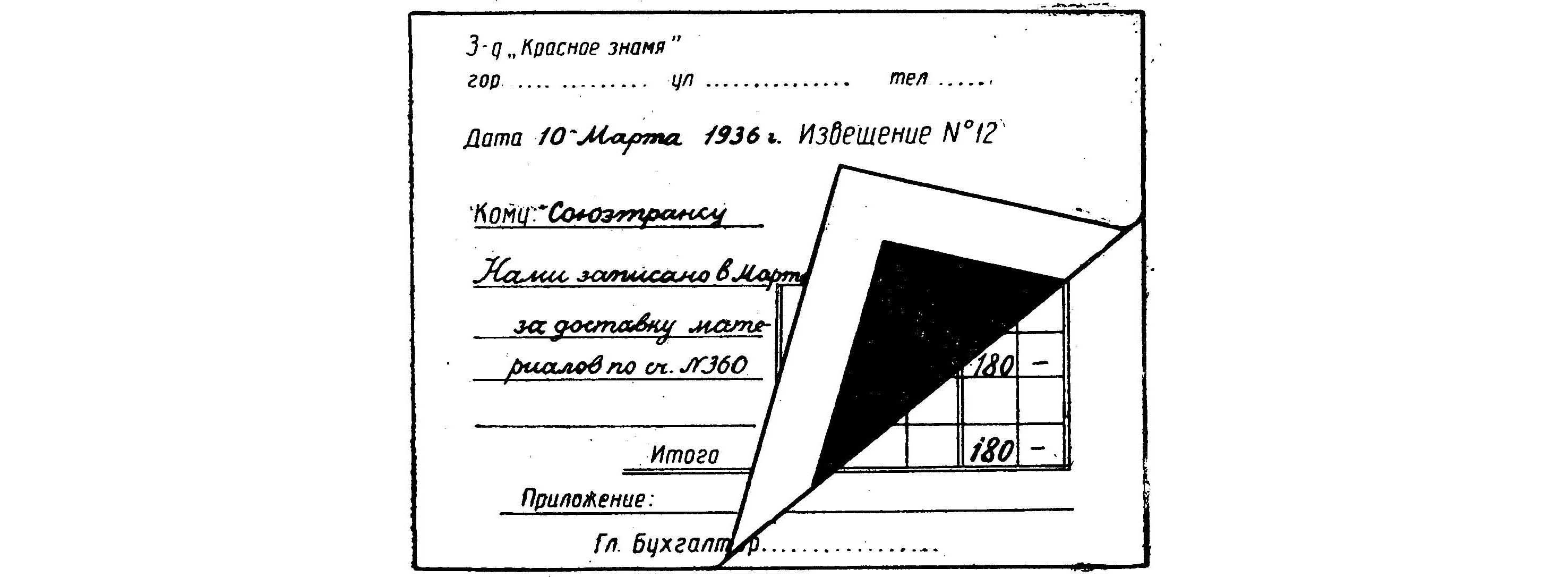
Do you know how these forms were called? You know, of course, because we read the section heading: carbonized blanks .
2. Copy boards.
There were inventions more cunning. I can bet that the majority of habravchan does not represent what copy boards are. A little 80-90 years ago, this technique was widespread.
You probably thought that the copy board is a copying device, and you guessed it, although not quite. Copy boards were really used for copying, but not as simple copiers, which are described below, but as a so-called form of accounting!
Between us, girls, speaking, accountants solve problems more difficult than filling in several copies of a form. Often, the primary data is identical, but it must be scattered across several primary documents or statements, the forms of which have nothing in common. But the indicators are identical! Is it logical and rational to write the same number several times in different documents - the fool understands that it is easier to record once!
Scientists of that time came to the aid of accountants. They came up with the so-called copy accounting (abbreviated copy ), carried out using copying boards. The idea was for the accountant to record one number, but as a result of the use of a carbon copy, it fell into several documents of various kinds at once. That is, the documents required to enclose not stupidly one under the other, but so that the identical figure, which is present in different documents, turned out to be one under the other, so that it was possible to apply copy paper. But since there were several indicators when filling in one group of documents, when filling out the next indicator, it was necessary to shift all documents in a certain way, and so on, until the last indicator was filled. With some dexterity, there was still a gain in time compared to filling each document with identical indicators manually. Scientists came to the rescue of accountants in the sense that copying boards made it possible, through adjustment, to align the documents being shifted each time as required. The documents shifted by copy paper were fastened with clips, then the indicators were written in them, then the same documents were put over by the second standard method, and so on until the last operation. There were variations in the use of copy boards, but in general, working with them looked the way described.
Copy boards were very diverse - there were such, for example.
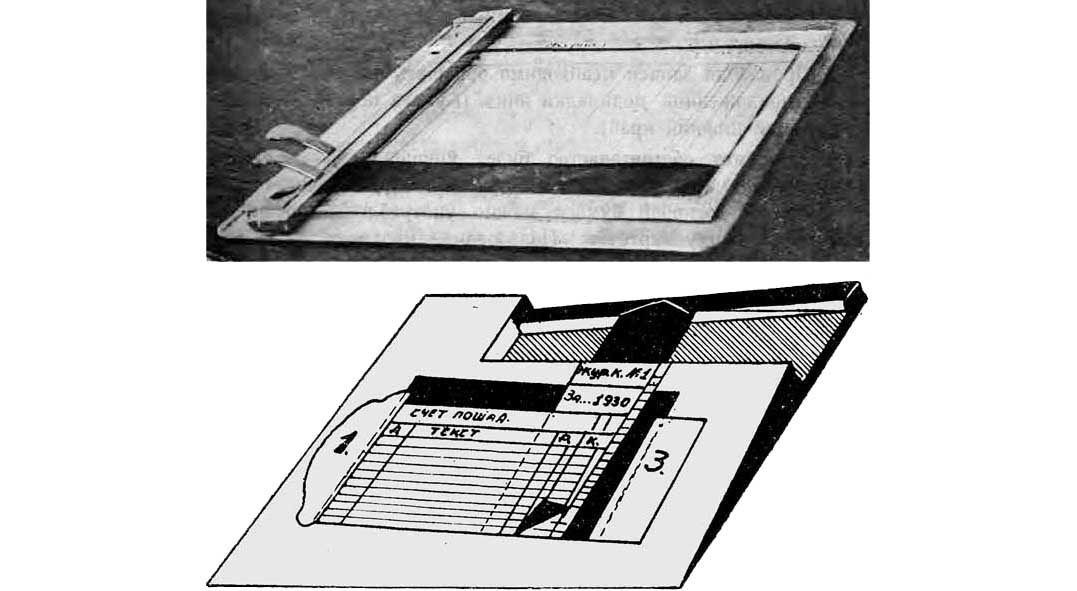
Here is a schematic depiction of other models:
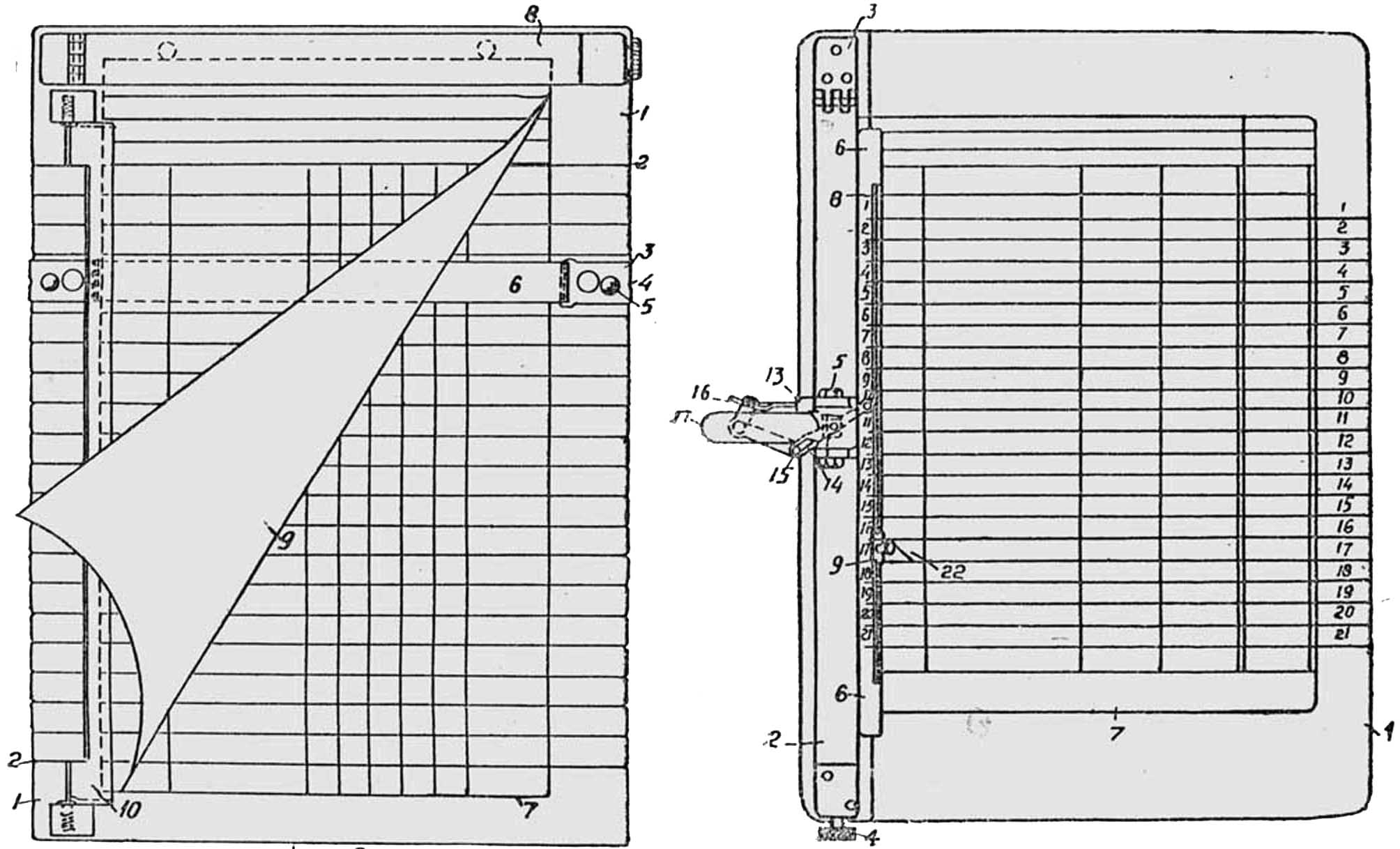
And here is a diagram showing the parts of the copying board:
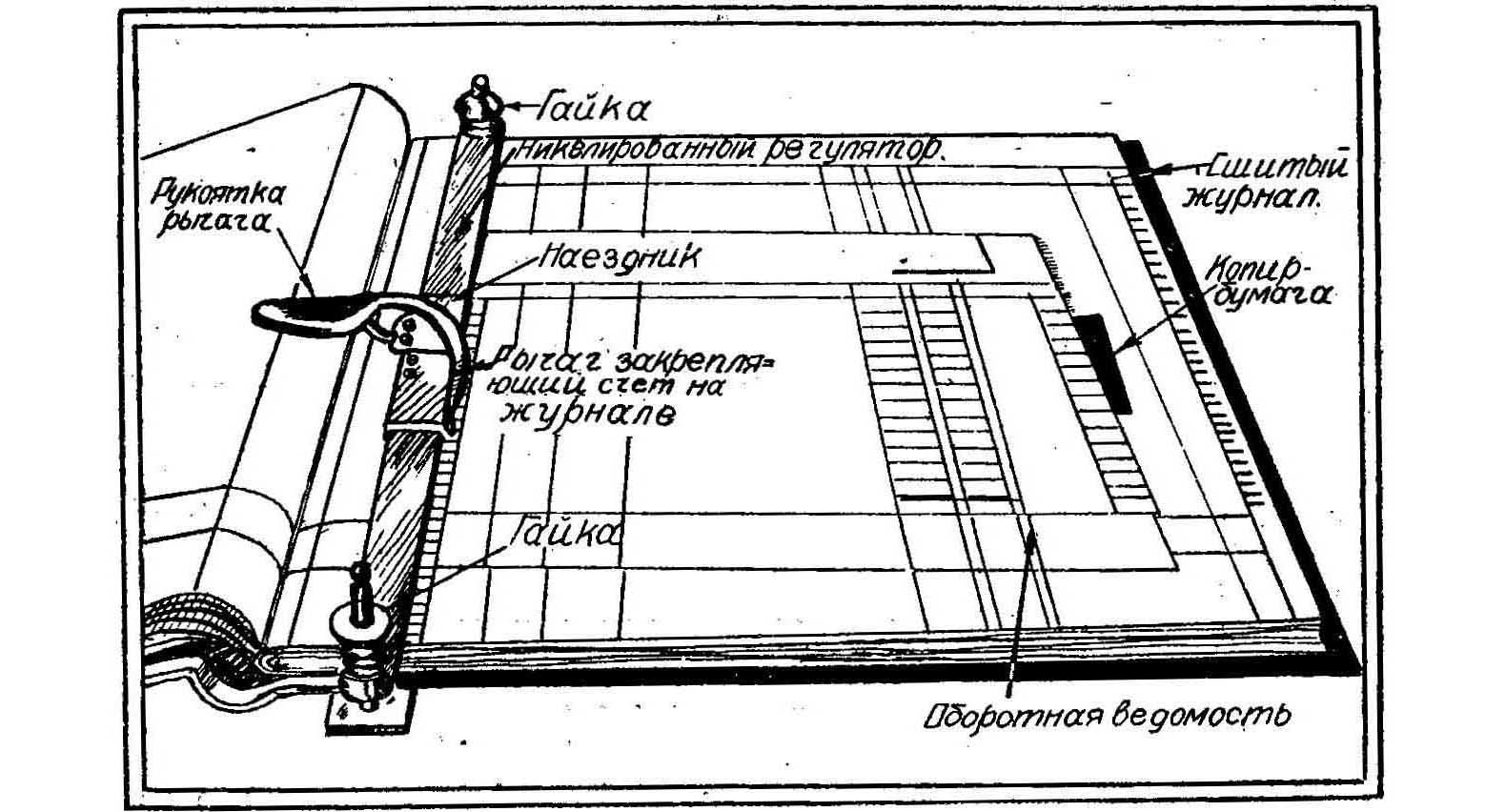
Who first invented the copy board is unknown: it happened in the West, and from the end of the 1920s. to the invention of copy boards and the methods by which the boards should be used, domestic experts joined.
After some time, the number of forms of copying ... however, judge for yourself. The classification table from the book from 1931. And only 66 forms of foreign copying, and there were still Soviet!
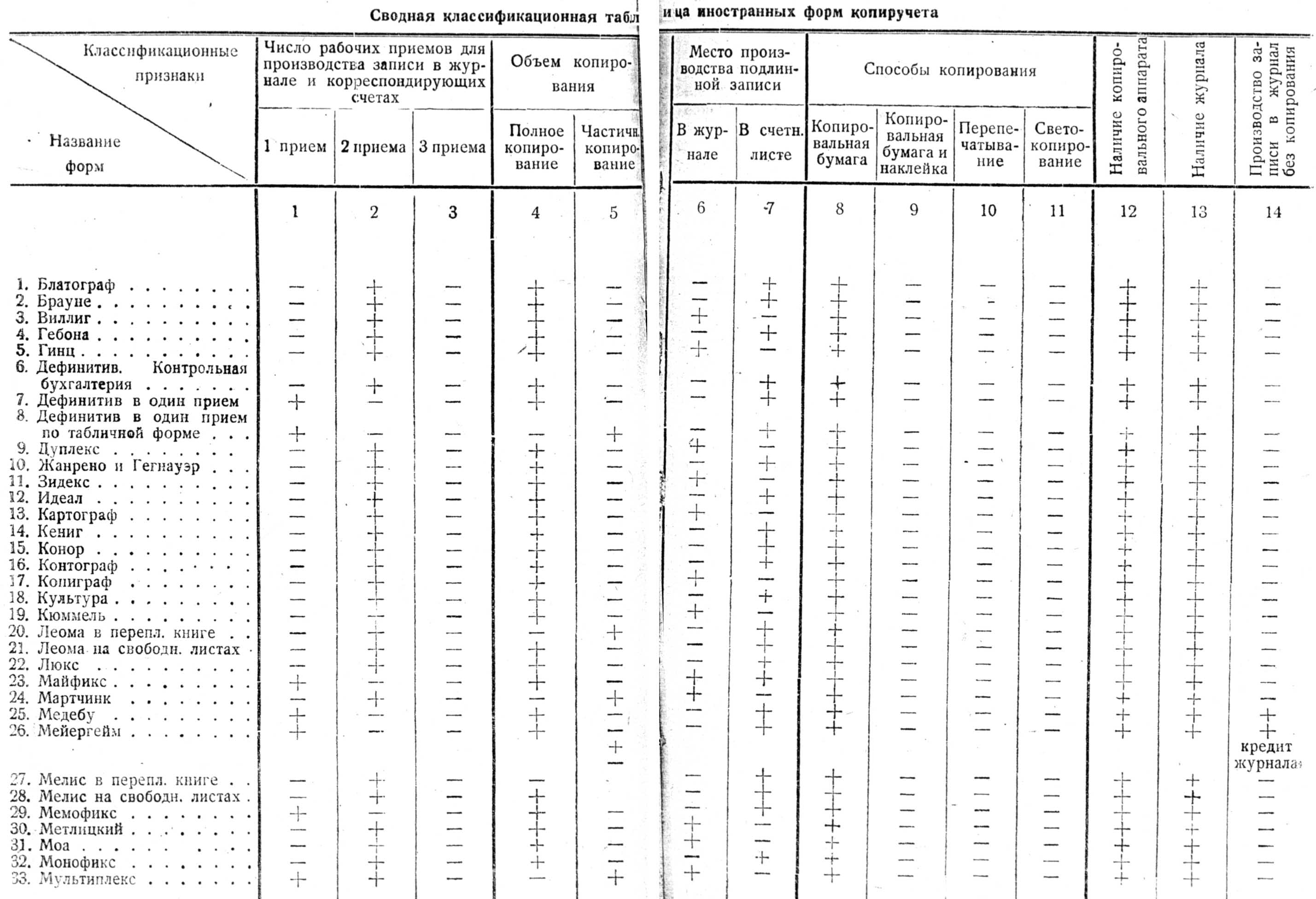

Now, since the pictures were promised, let's admire.
So, devices for copying (copier boards and devices more complicated)! I apologize for the lack of image quality: the pictures are taken from accounting books and magazines of a century ago - better images may not exist.
The copy board in the form "Definitive" :

The copying form of "Gebon" :

Copy form "Meyerheim" :
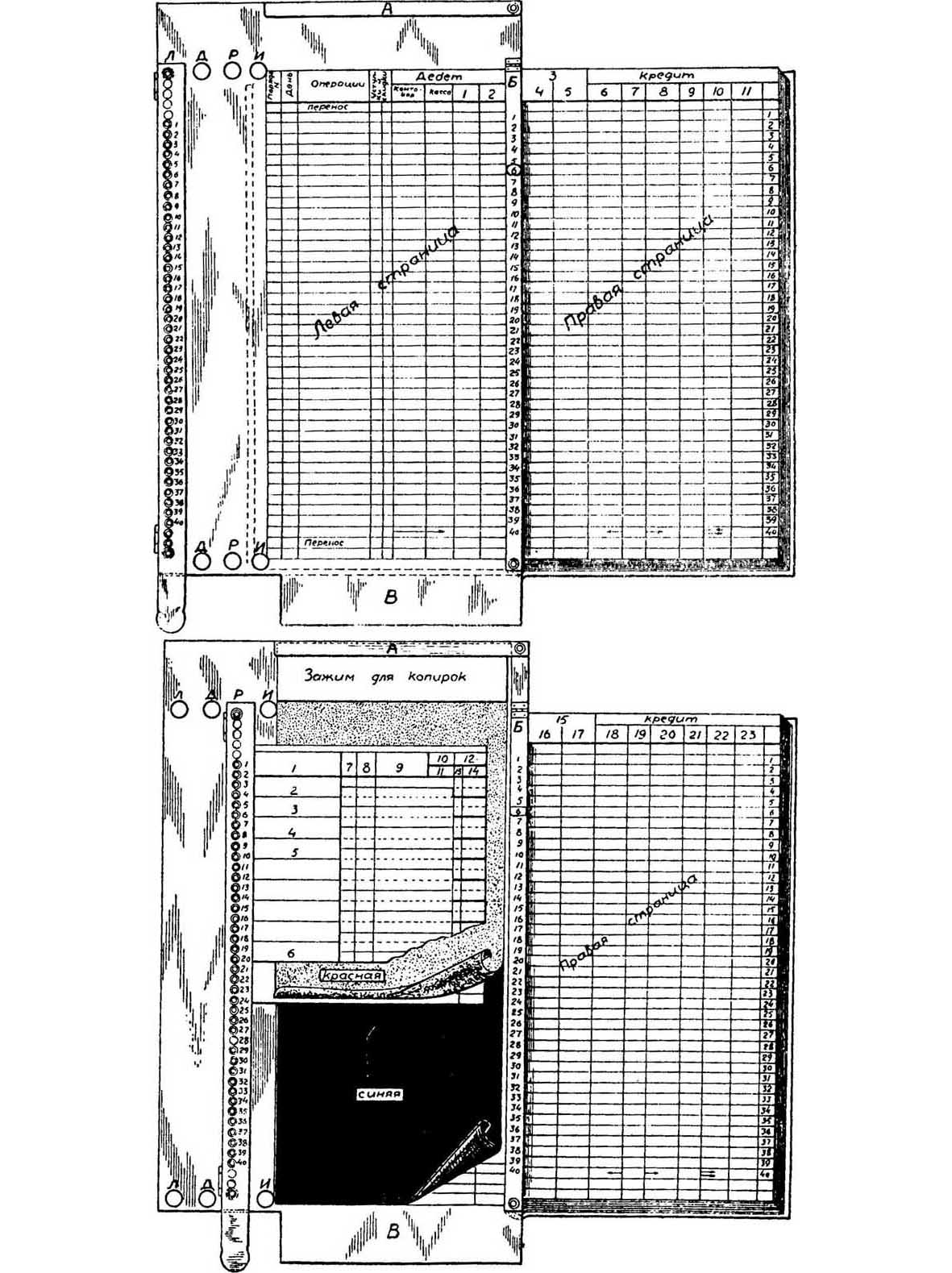
Copy form "Ideal" :
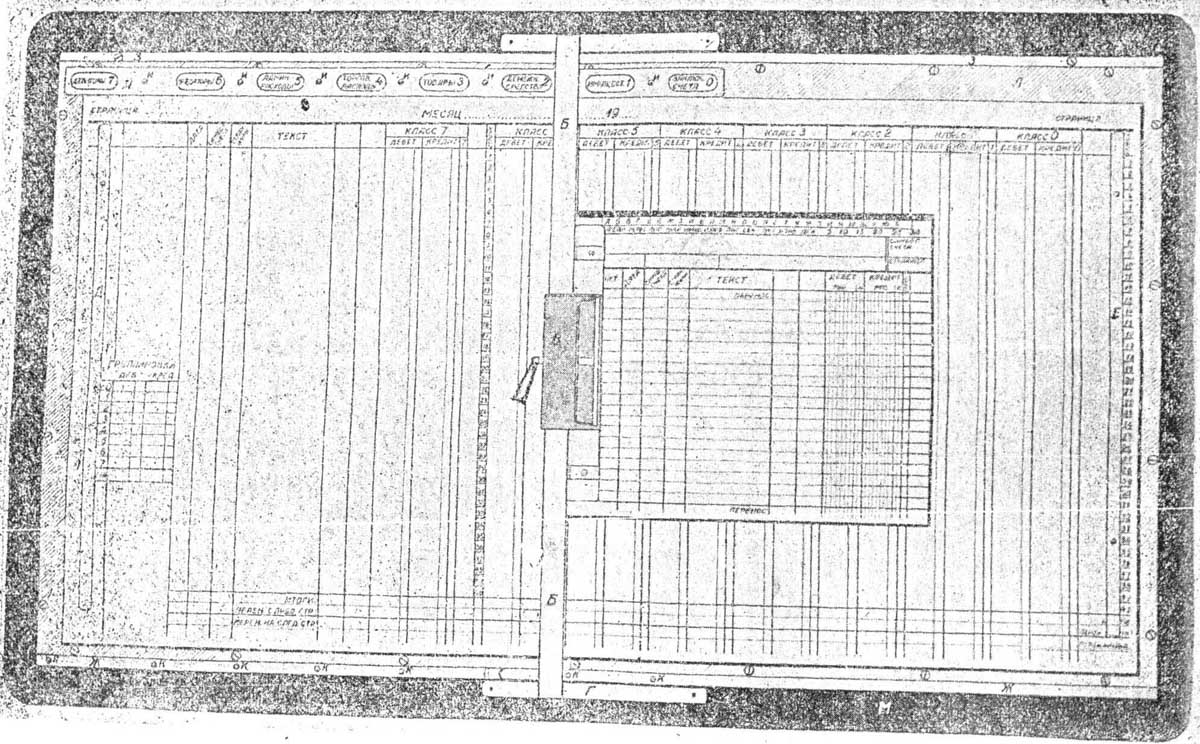
Two forms: "Ruf" and "Fortshritt . " Not very different between them, at first glance, differ:
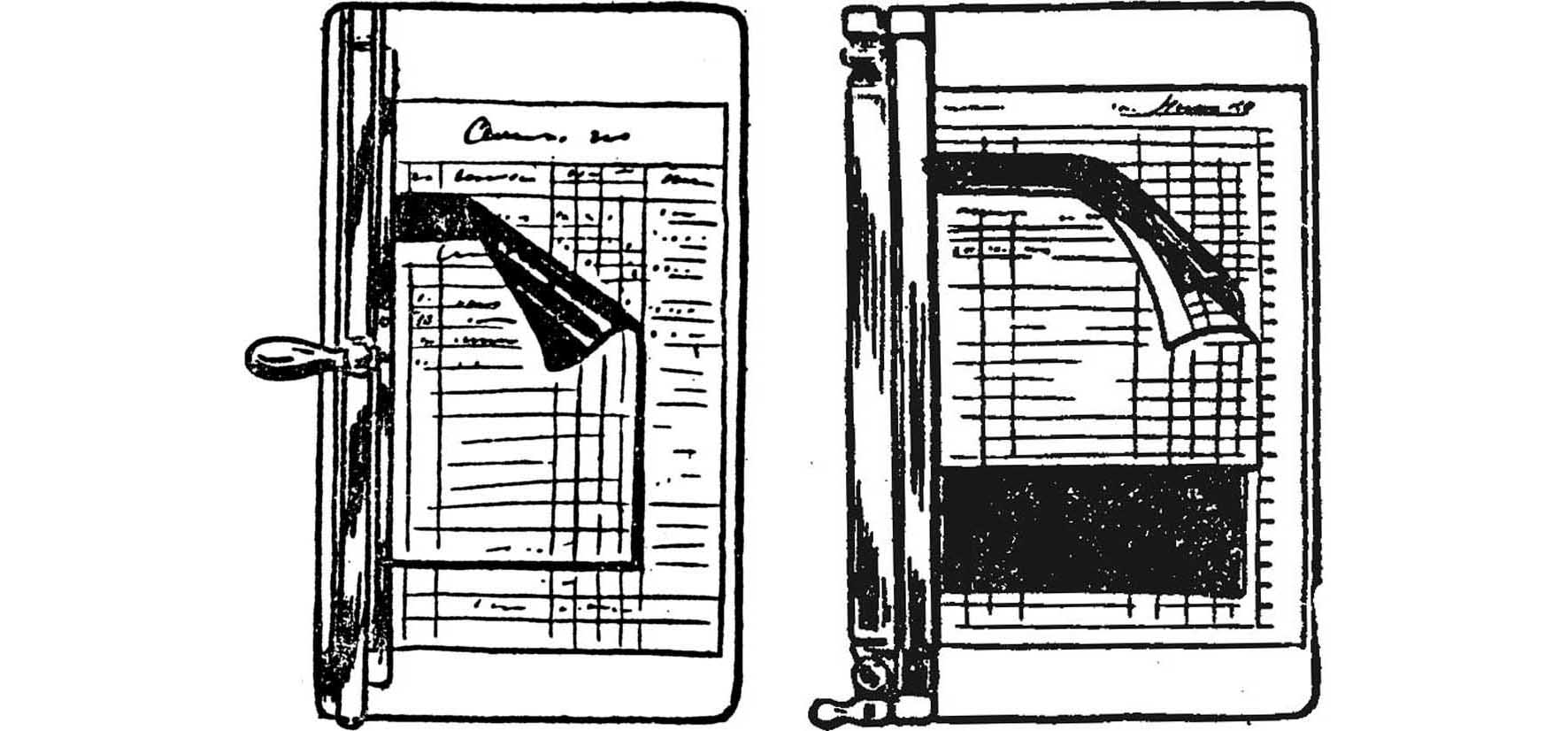
Rufus-Mink Drilling :
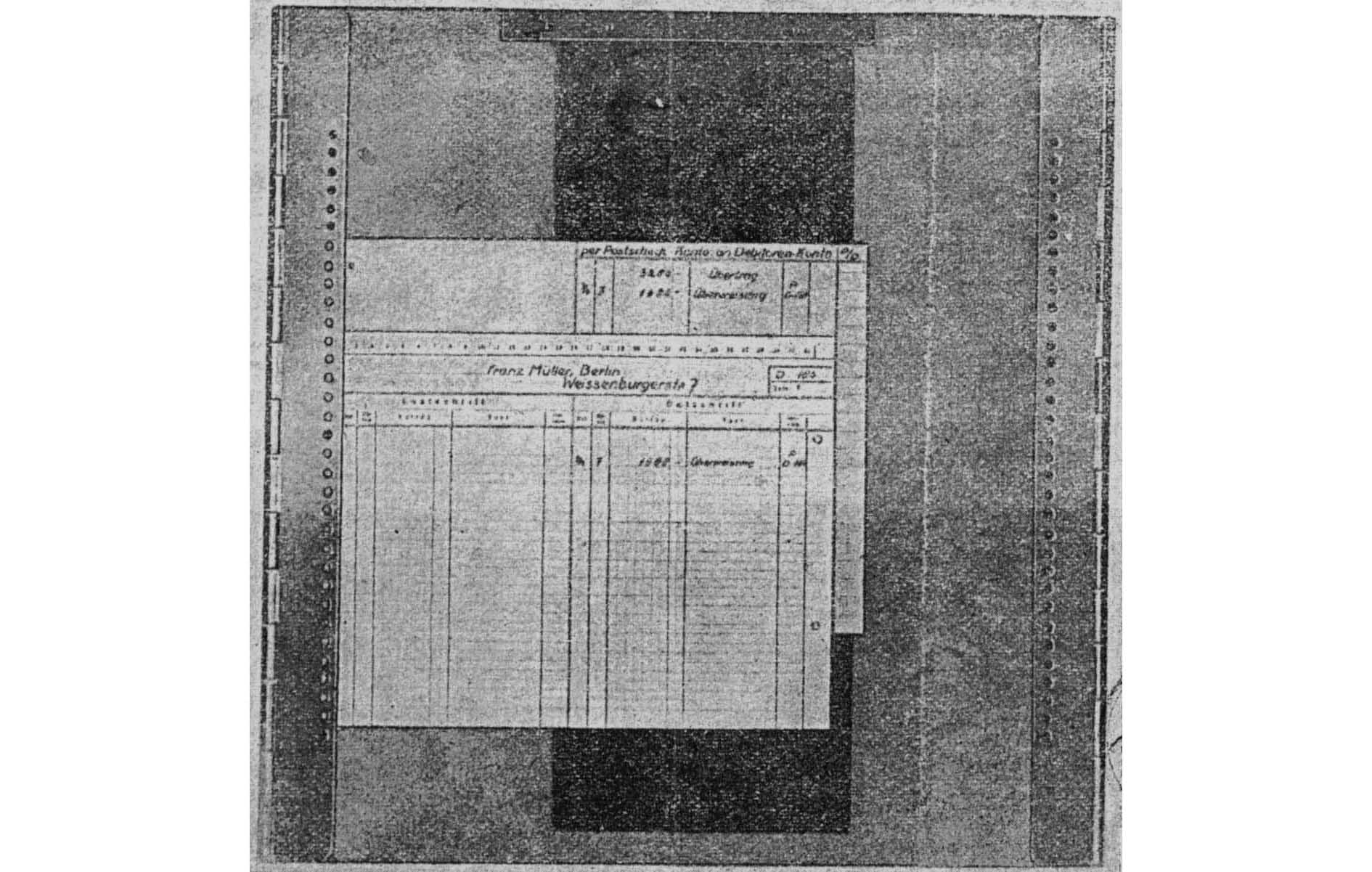
Copy board in the Unograph form:
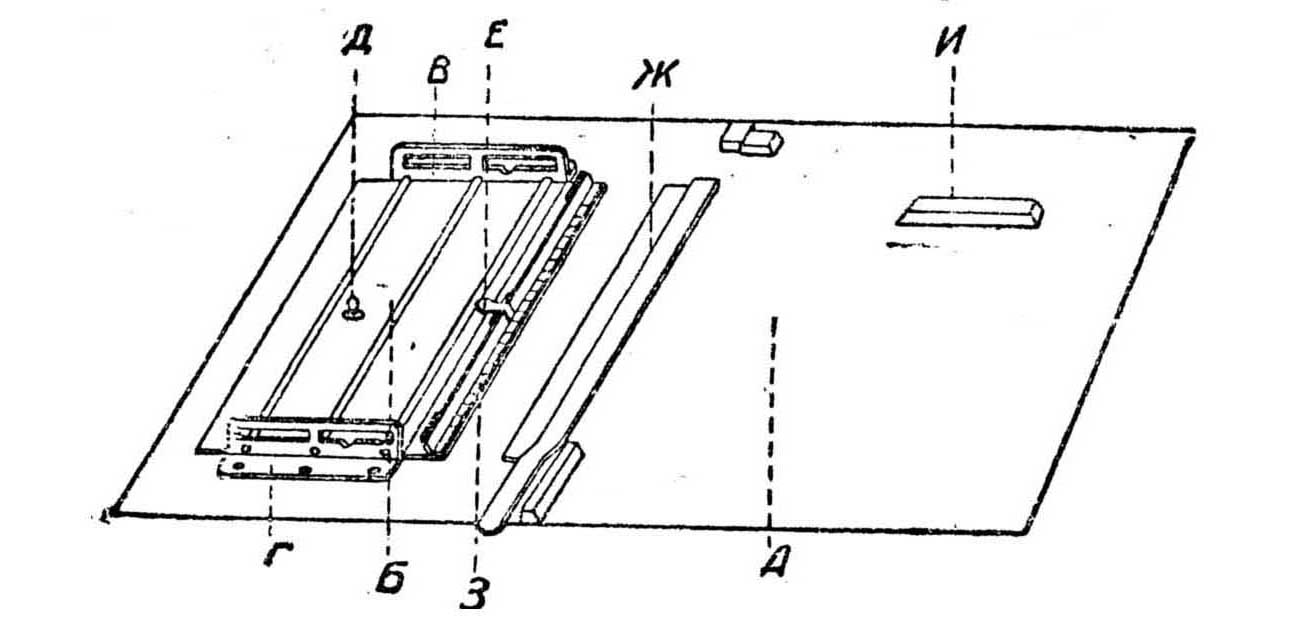
Copy board "Chaber" :
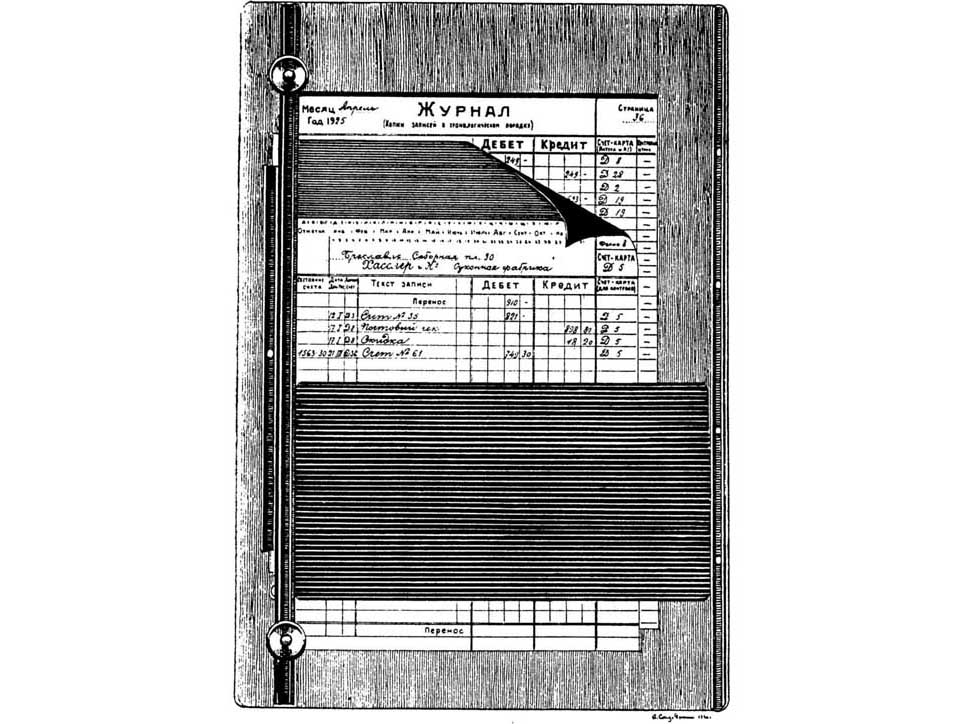
Copyboard "Shlayand" :
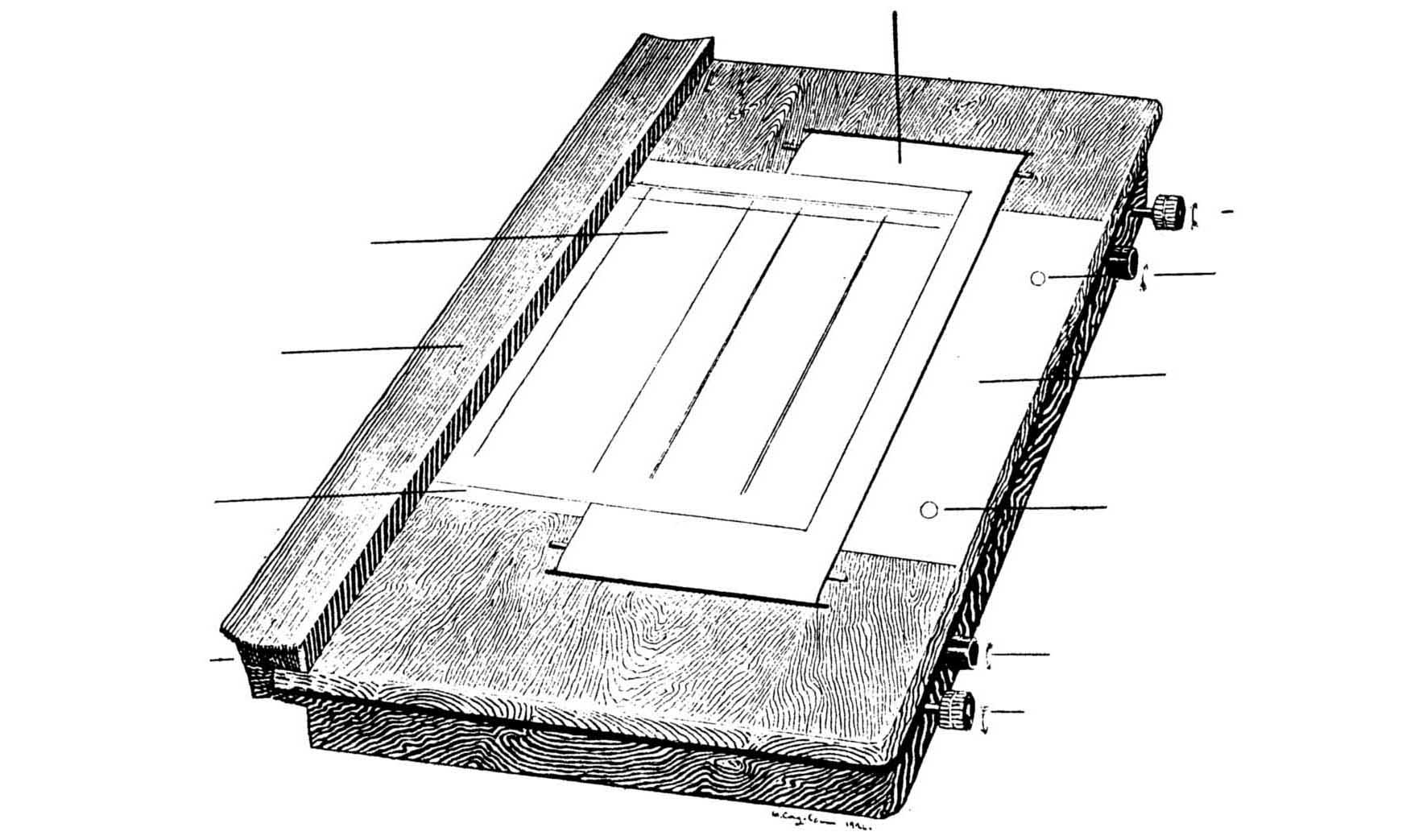
No longer a copy board, but the whole copying machine - Memofix :
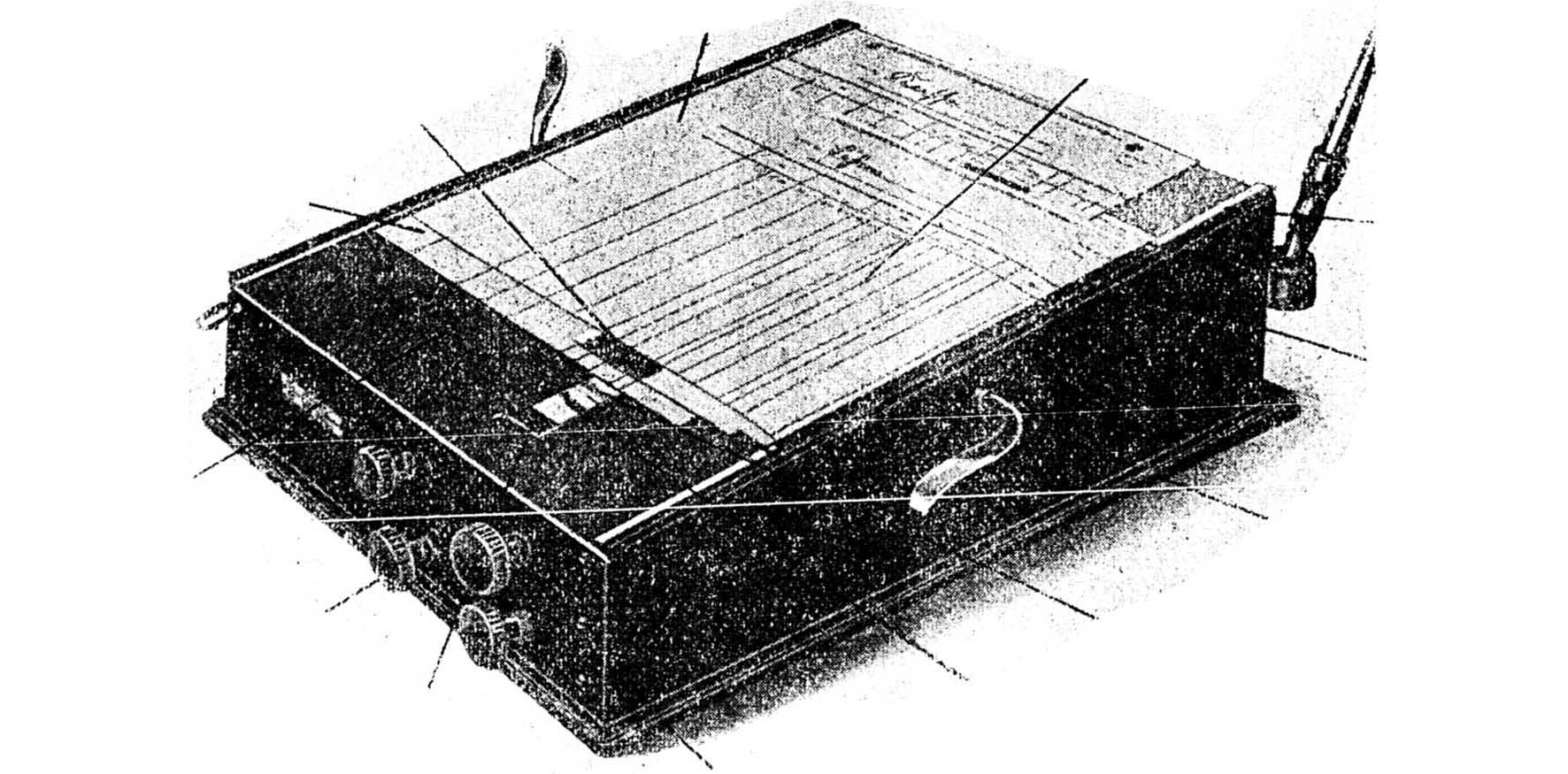
Now a couple of Soviet forms of copier - which could be found.
Here is a copy board "Sovkopirbukh" (deciphering the abbreviation, I think, is not necessary) - a very simple device:

Similar to her copy board "Orgstroy" - Society for Organizational Construction, which existed from 1925 to 1931. The advertisement, published at the same time, gives an idea of the activities of an important institution:

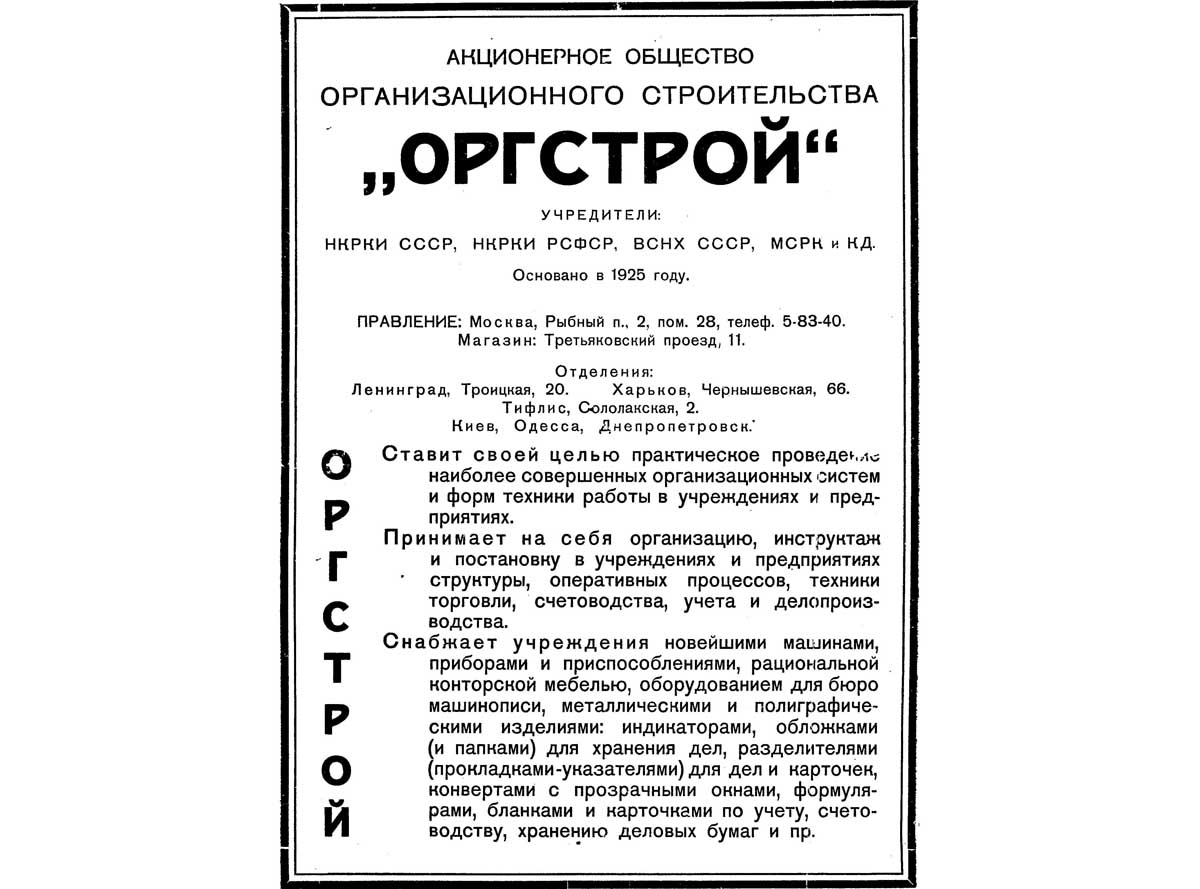
This is how you see Orgstroi advertising agents who are trying to put bookkeeping in the enterprise with the help of a clamping device on the original structure!
For a decade, copy boards were quite common, the bibliography on them is impressive. Then they quickly went into oblivion. By the way, I have not met a single photo - contemporary, I mean, a copy board. Does this mean that not a single device of this type has been preserved?
3. Copiers.
We are done with copying and copying boards - let's talk about more familiar copying.
Now we are copying paper with the help of copiers, although with the development of electronic document management, photocopying is a thing of the past. A hundred years ago, business papers copied ... oddly enough, also with the help of copiers, although at that time copying machines were called differently. Probably, the principles of their actions were also different - it’s not for me to judge, let the experts say a weighty word.
Office copying from chemical began, as far as I am able to judge, in ways.
Blueprint It seems that work and modern devices are based on this method, but at the initial stages of development, the blueprint looked different:
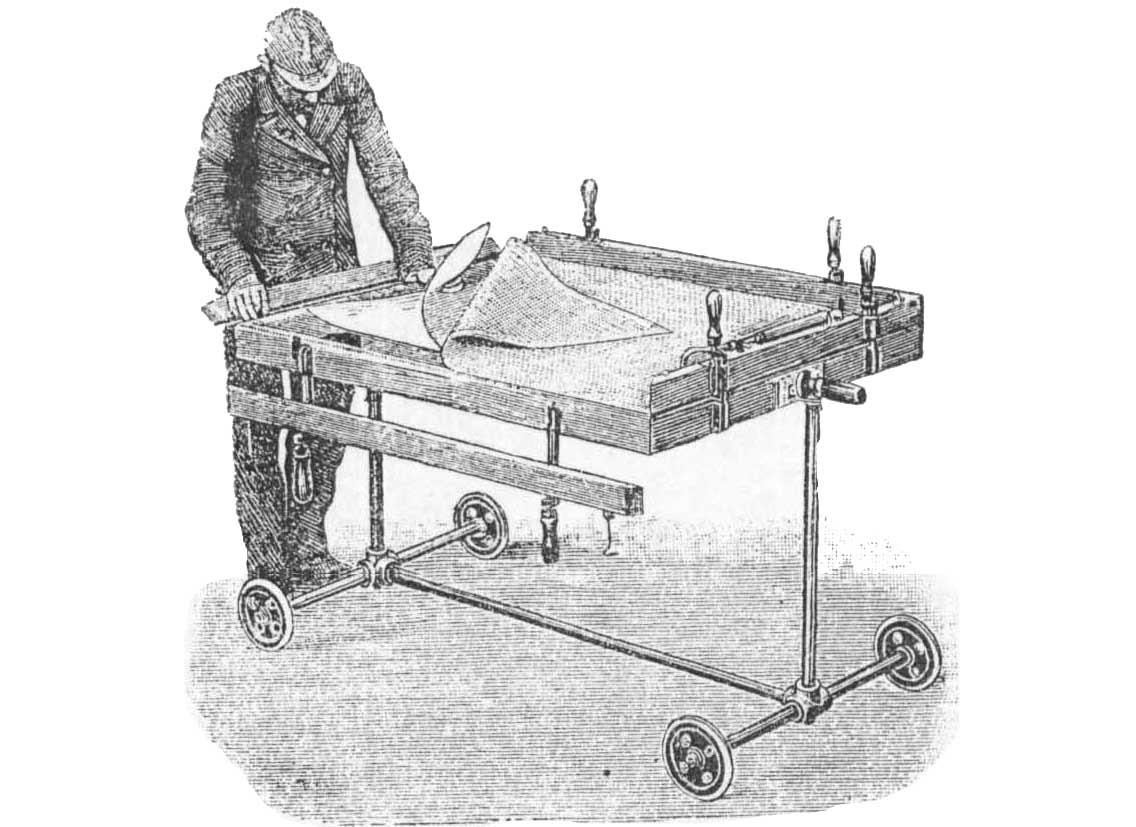
Something similar. The source indicated that this is a gelatin copier . However, I’m not sure that this device is representative of office, and not typographical equipment (we don’t touch typographical machines in this post):
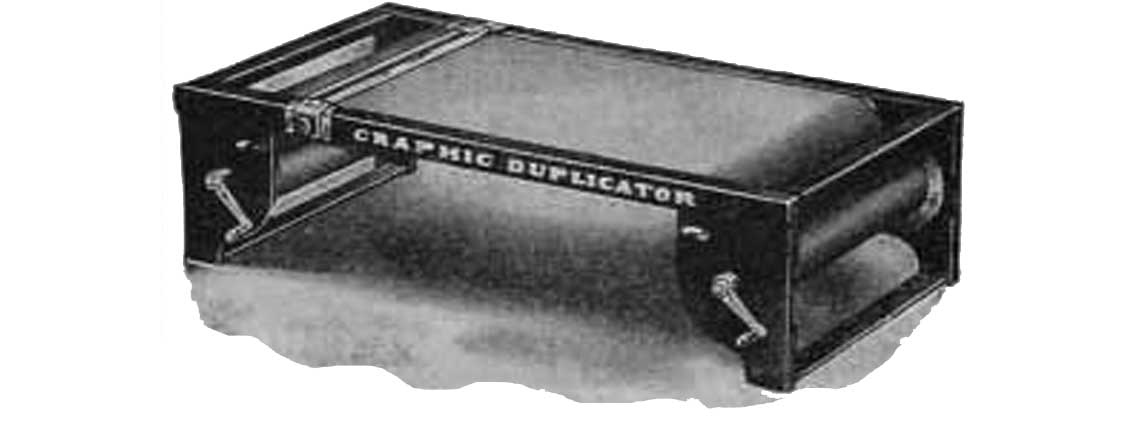
Copy press - it is possible that also from the family of printing equipment. I put the picture in the post, since there is no final certainty:
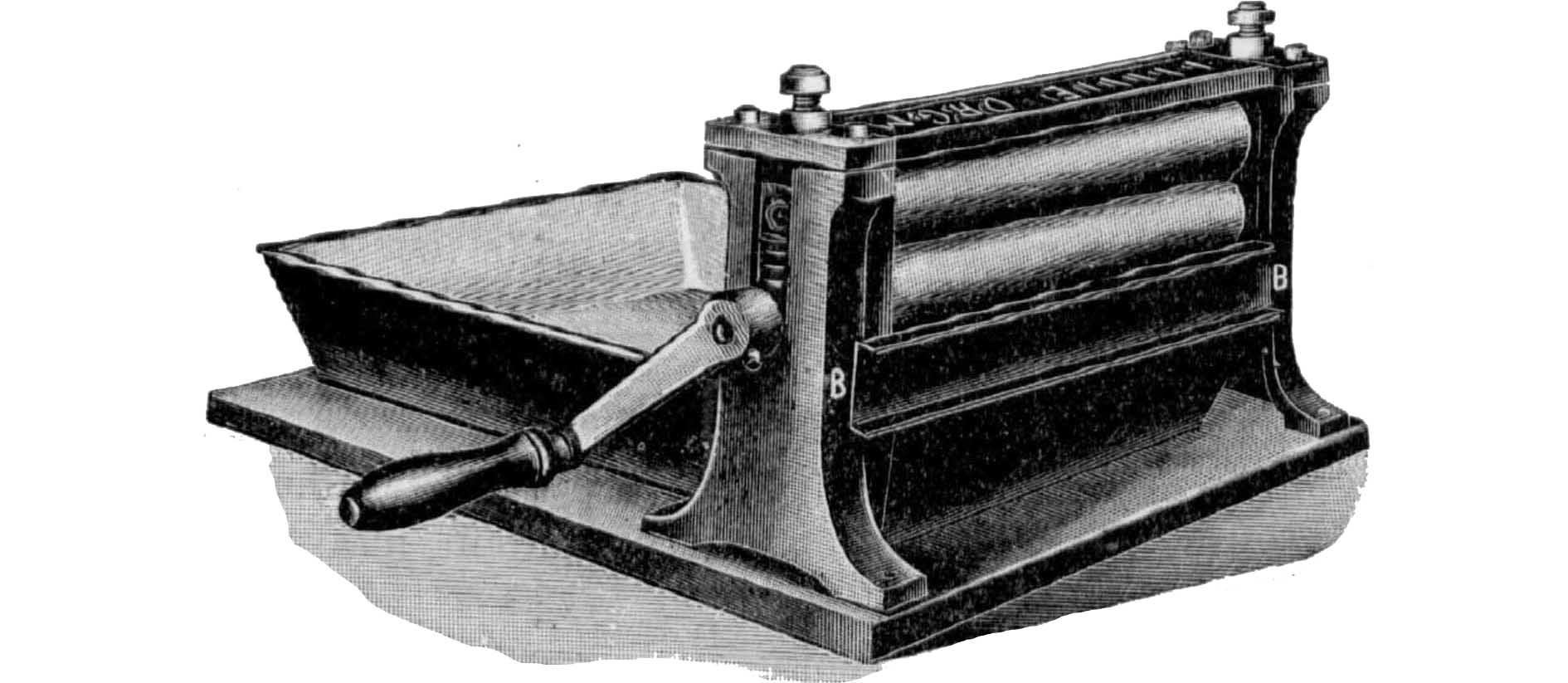
Below are two portable copyable sets. The first is called an opalograph .

The second, if you believe the inscriptions under the photograph in the original source, is the reproduction (sic!) Apparatus "Graf" :
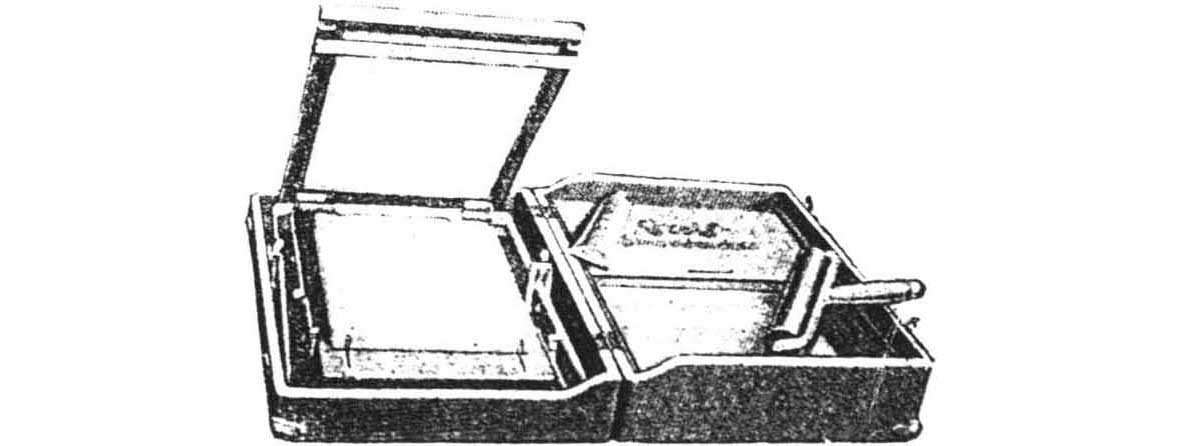
Here's something else like that. The illustrations demonstrate the sequence of work with the mimeograph :

Although not everything is clear with mimeograph. In another picture, the mimeograph is quite an automatic copy machine. Perhaps the principle of operation is identical or the manufacturer is one?
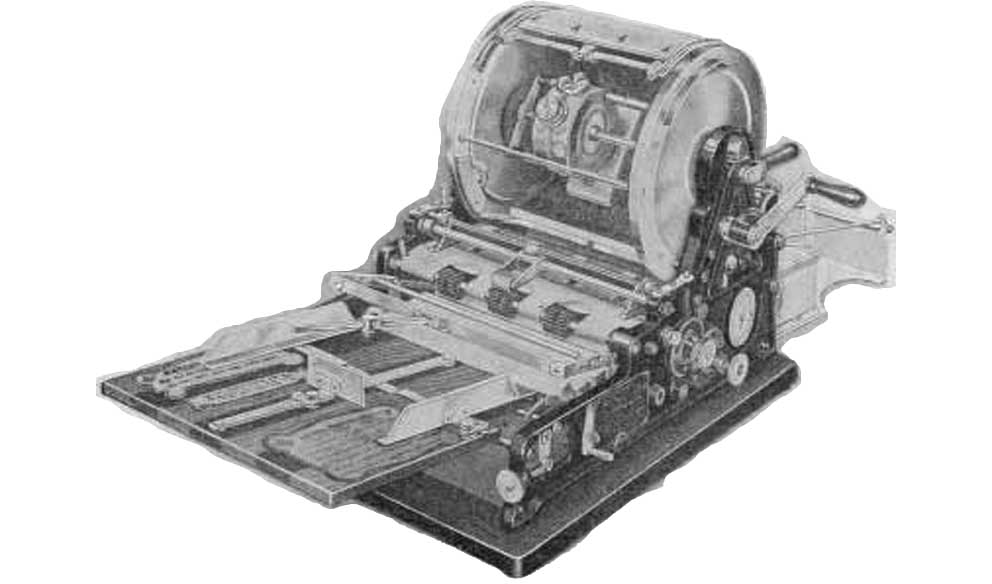
We moved to complex mechanisms for copying, reminiscent of modern copiers. We continue.
Copiers "Freho" of various models:
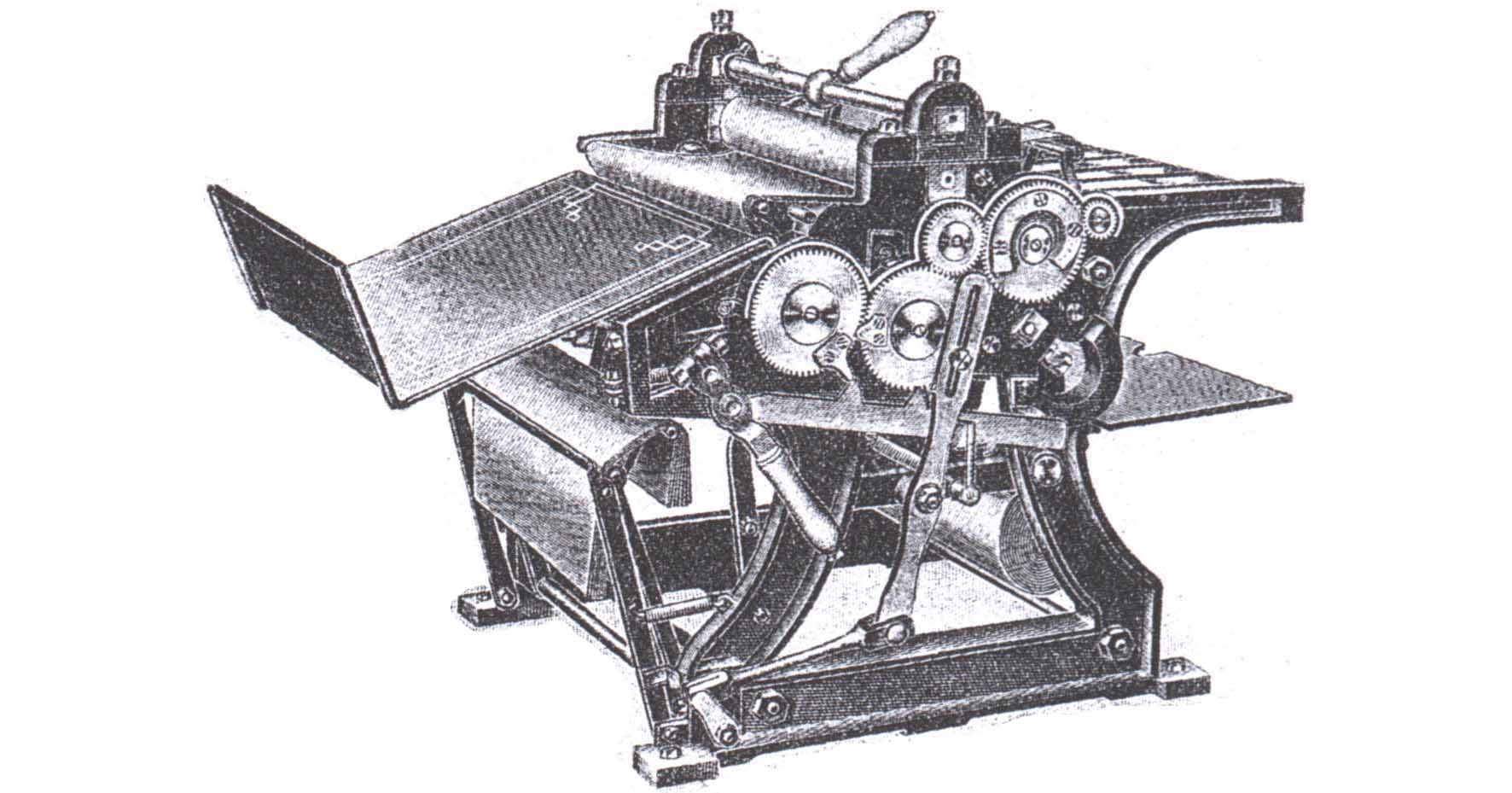
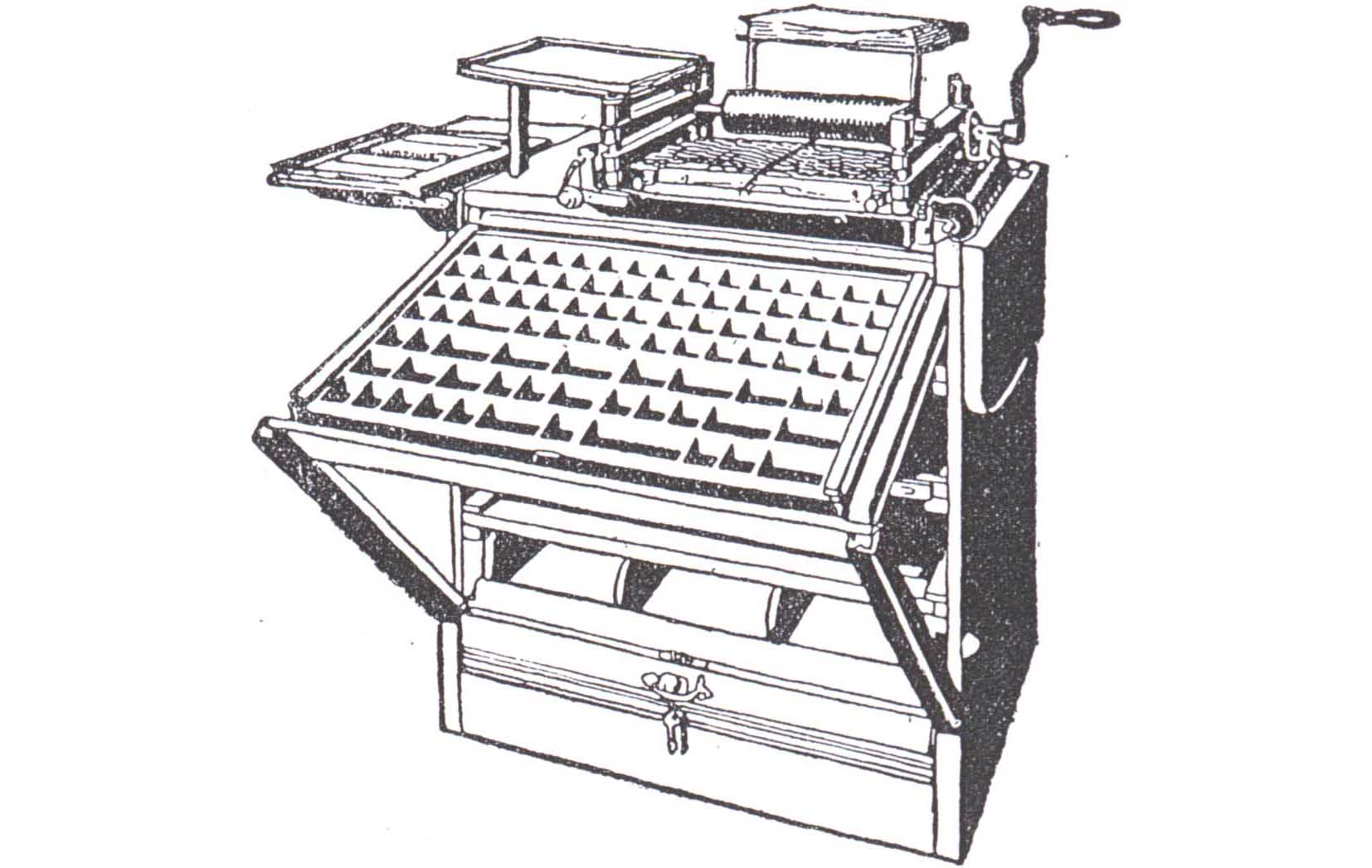
Copier "Roneo" :

Copier "Rotafiks" :
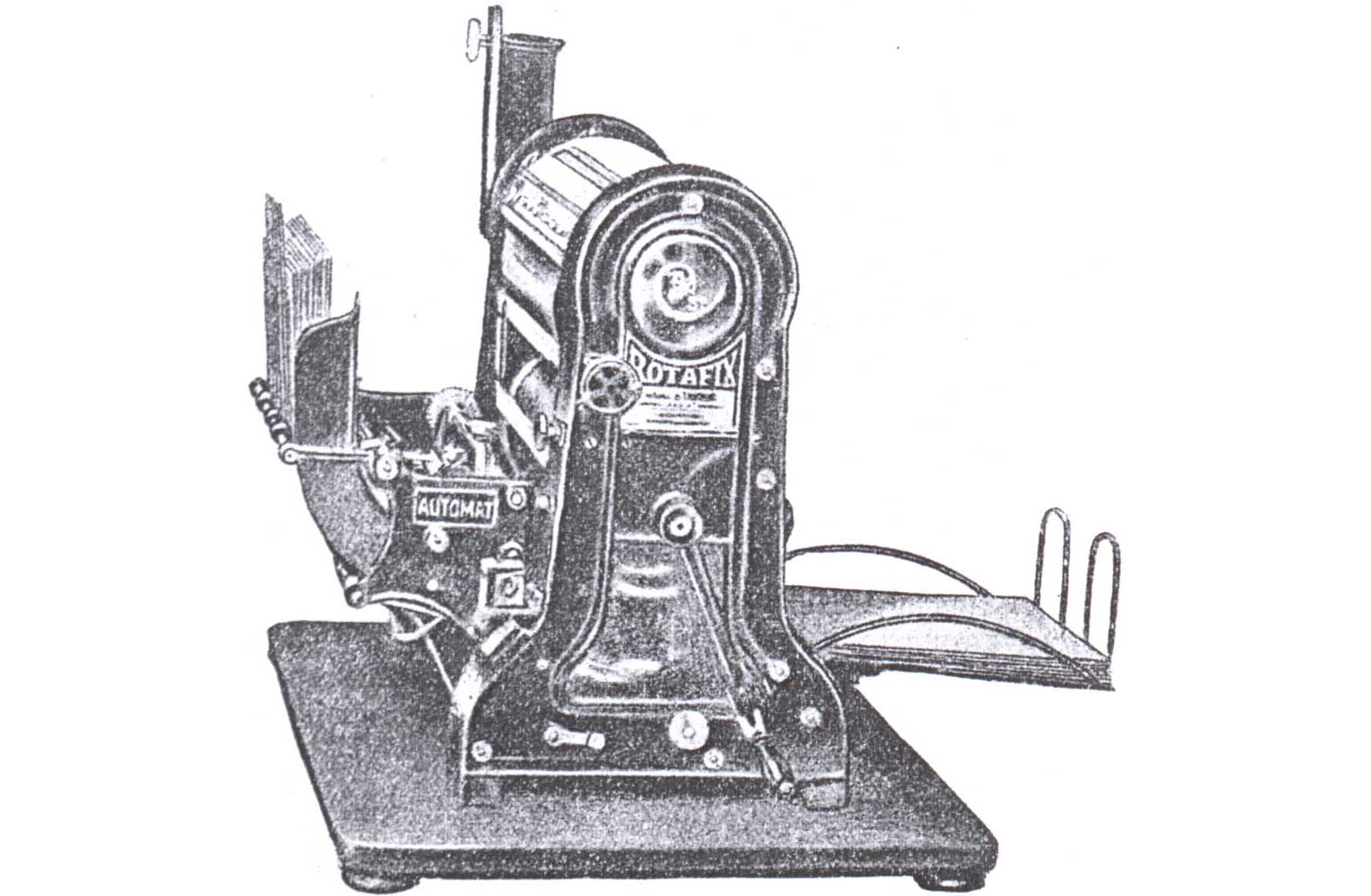
Copiers "Multigraph" :
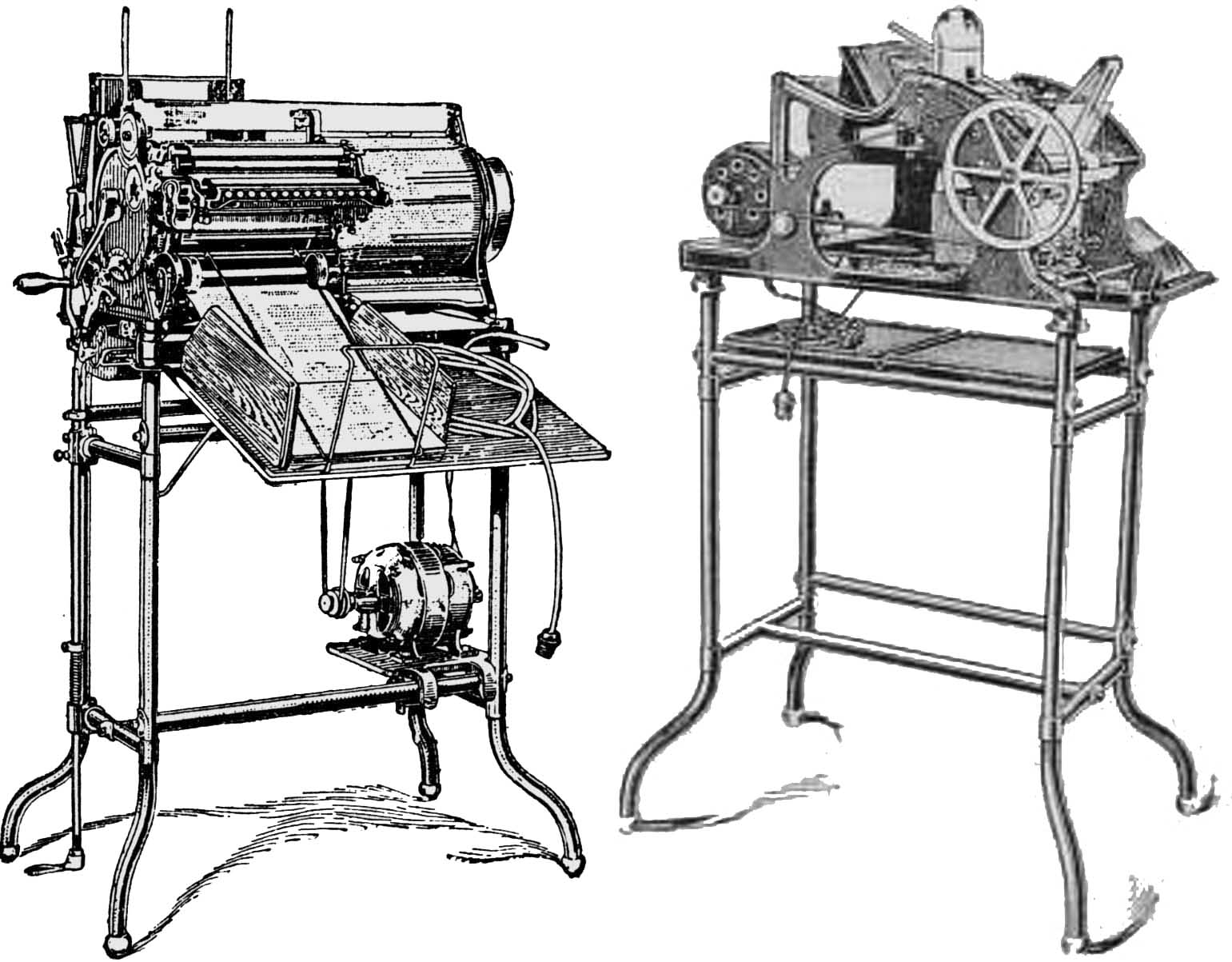
Probably, the Multigraph was a common model, and perhaps it was used not only for copying, but also for printing. The picture below shows the printing process on the Multigraph:
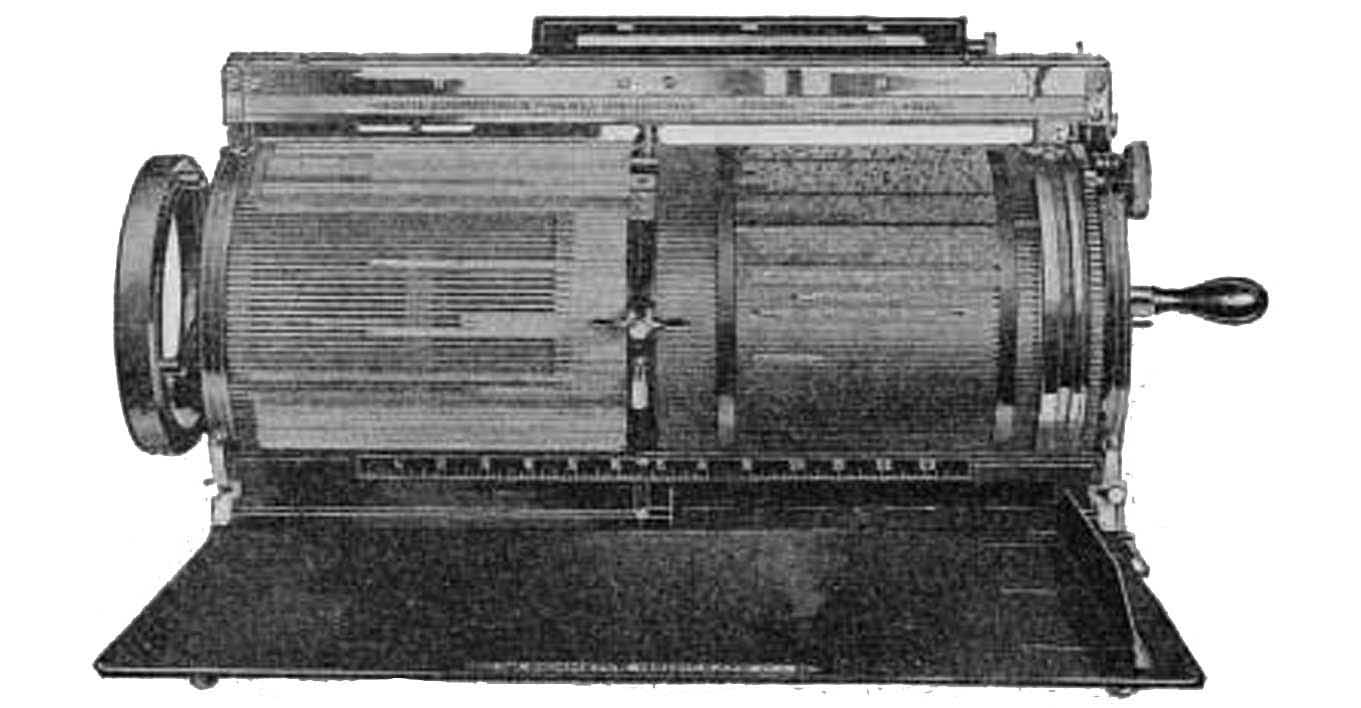
But the device is the same, apparently, the manufacturer, but a different series (simplified version?). Copier "Junior Multigraph" :
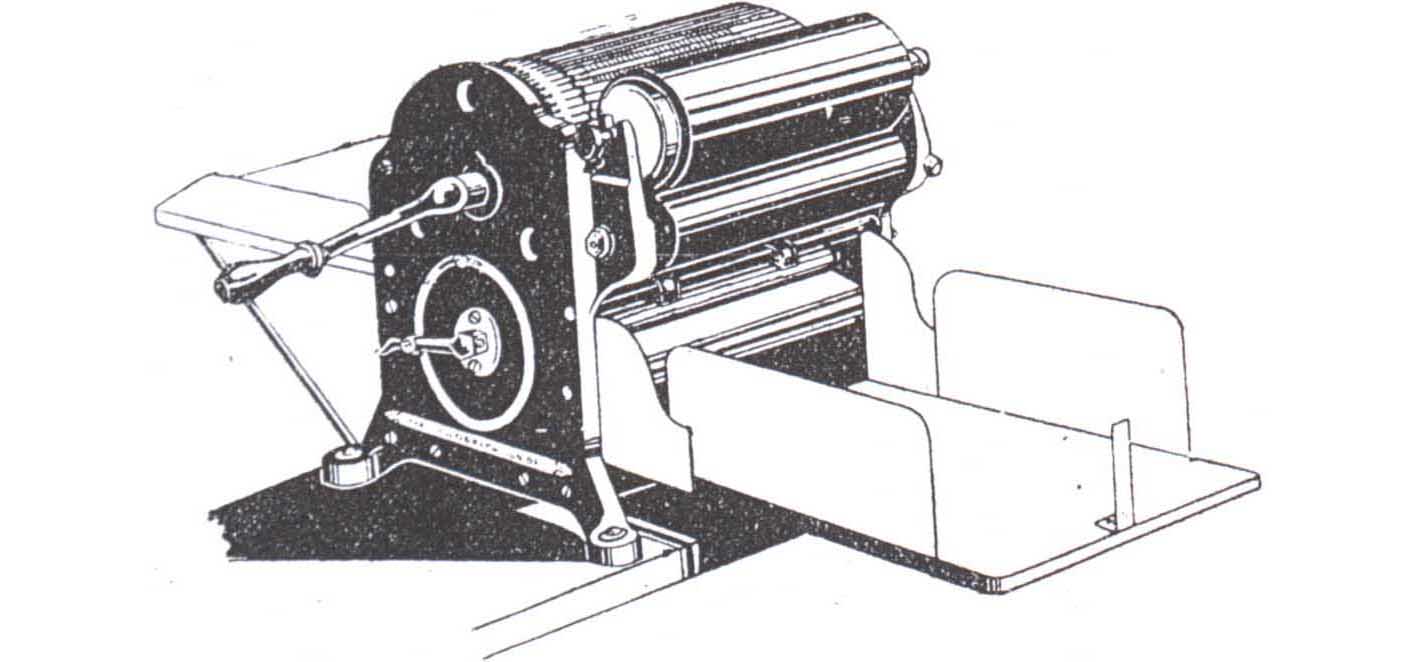
We continue our tour of the samples of old technology.
Zeiss Copier :

Copier "Rapid-roller" :
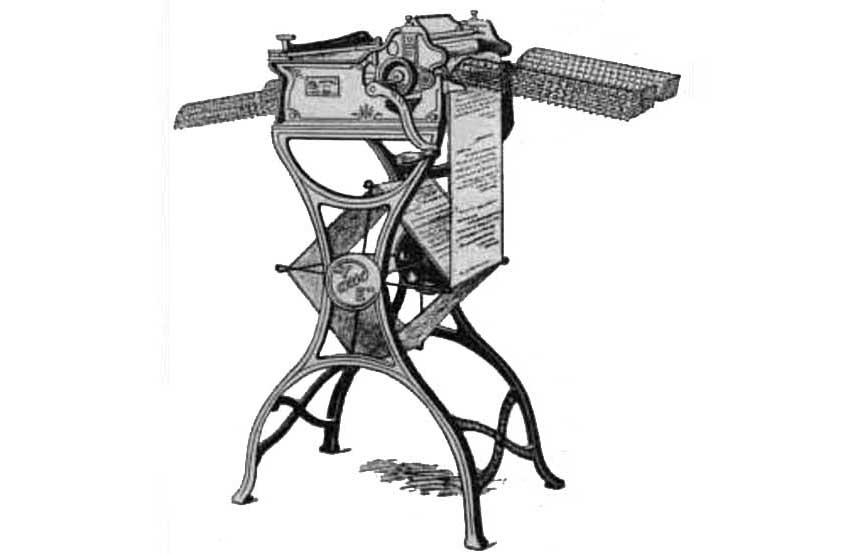
Also, apparently, the mass series was. Below is the Roller copier device of another model:
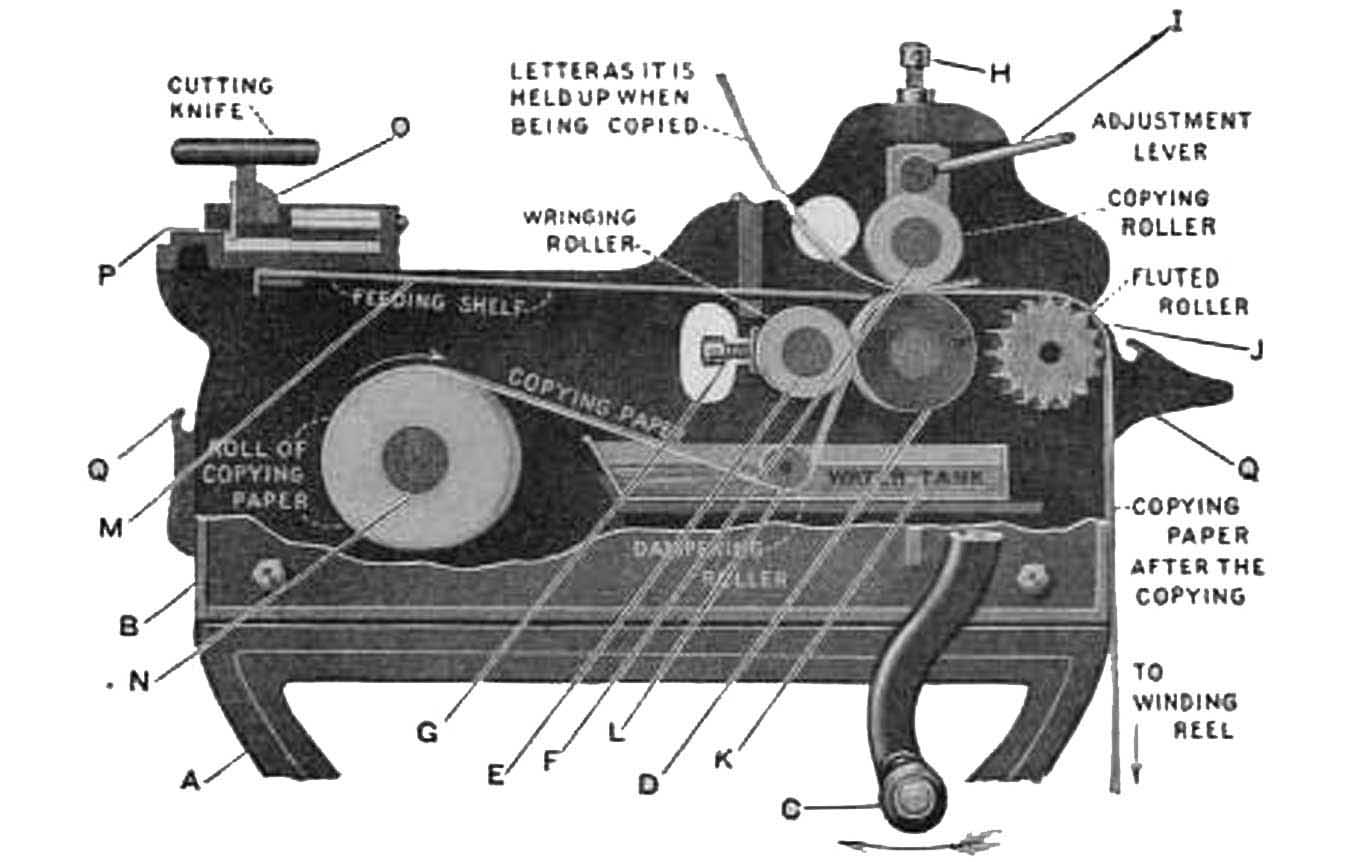
Copier "Schwarzpress" :

Copier "Rotaprint" :
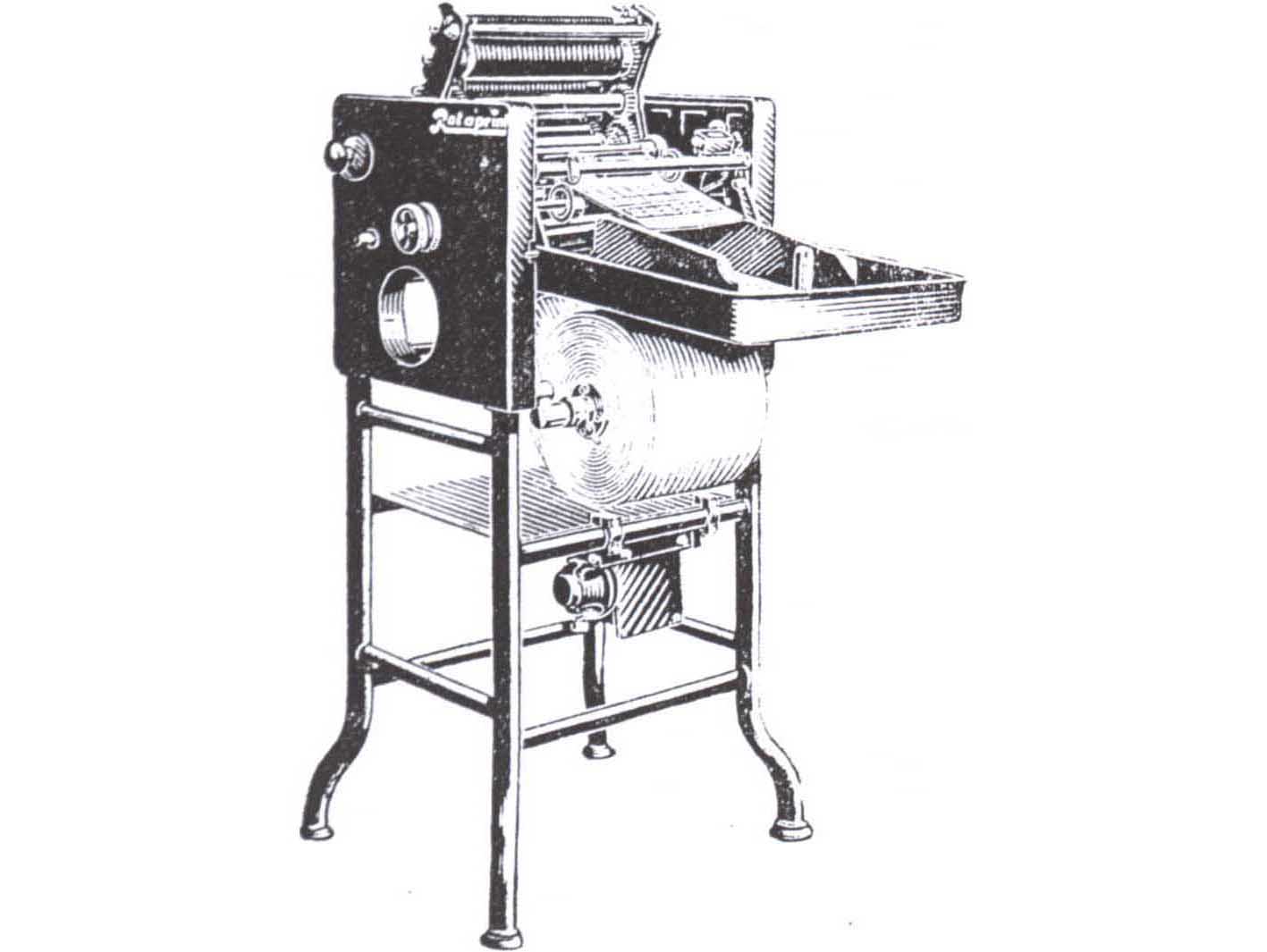
Copiers "Ormig" , manual and electrically operated:
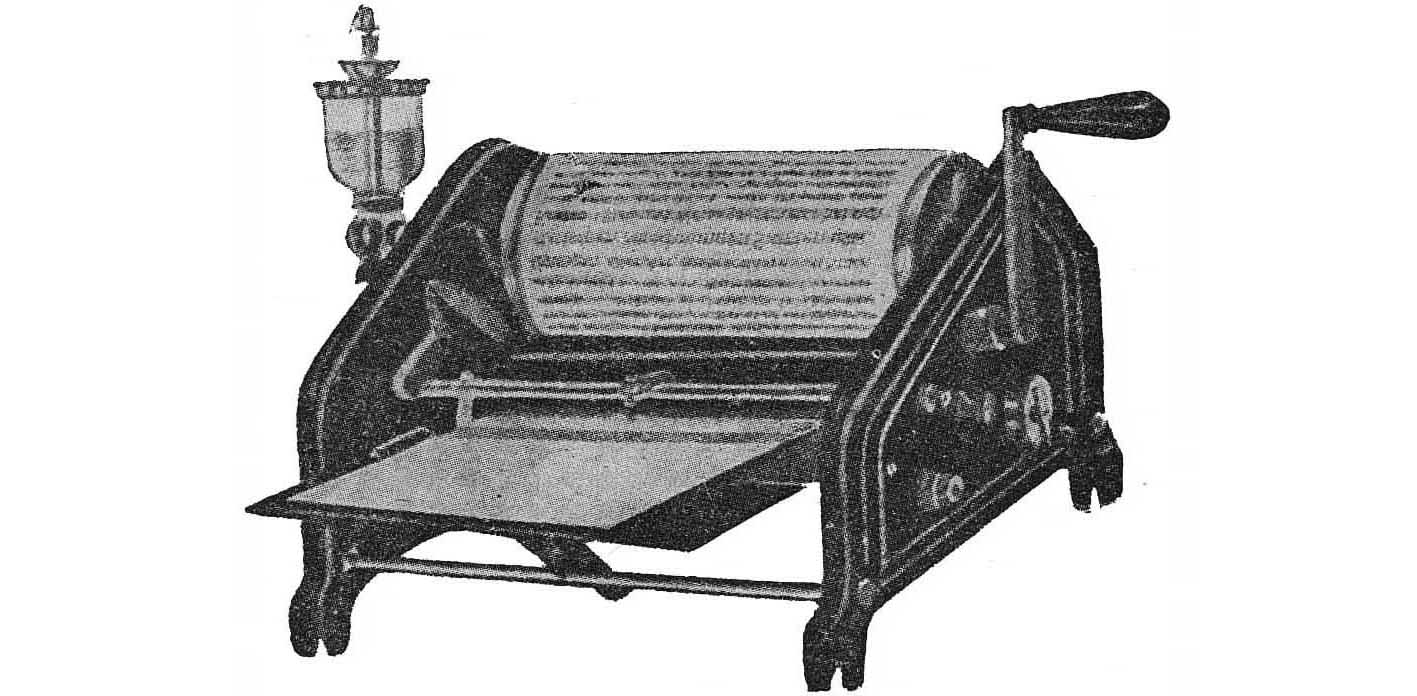

Copier "Rodertal" :
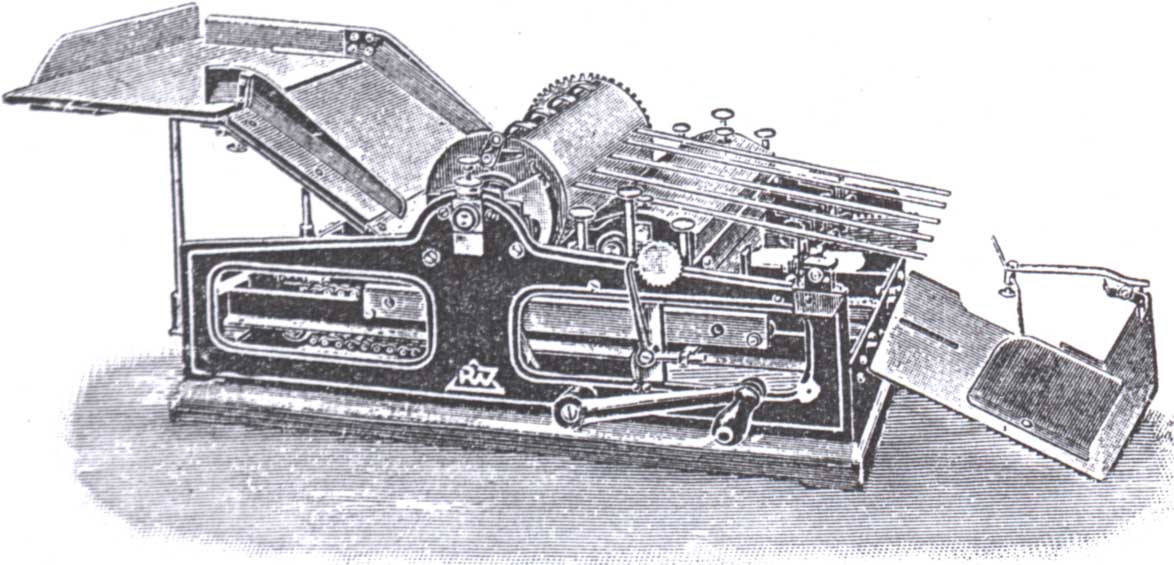
The machine for copying the well-known manufacturer of computing equipment of the time "Burrows" :
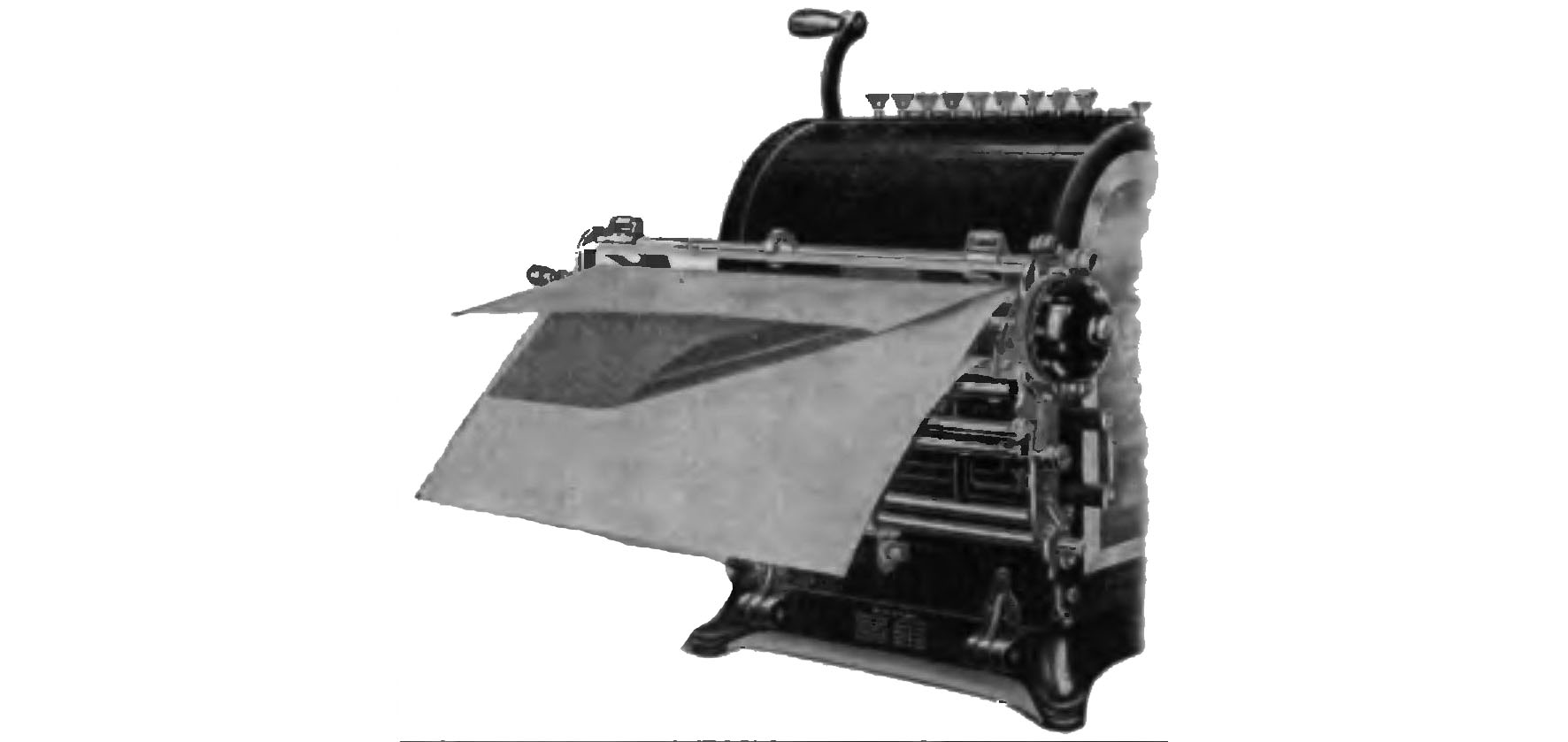
I also defined the apparatus shown below as a copier, although there is no certainty. His name is weird - “Egri Manifold” :

Excursion on samples of old copying equipment comes to an end. In conclusion - a copier of an unidentified model, but very beautiful. I do not know about you, but I would like to work on it:
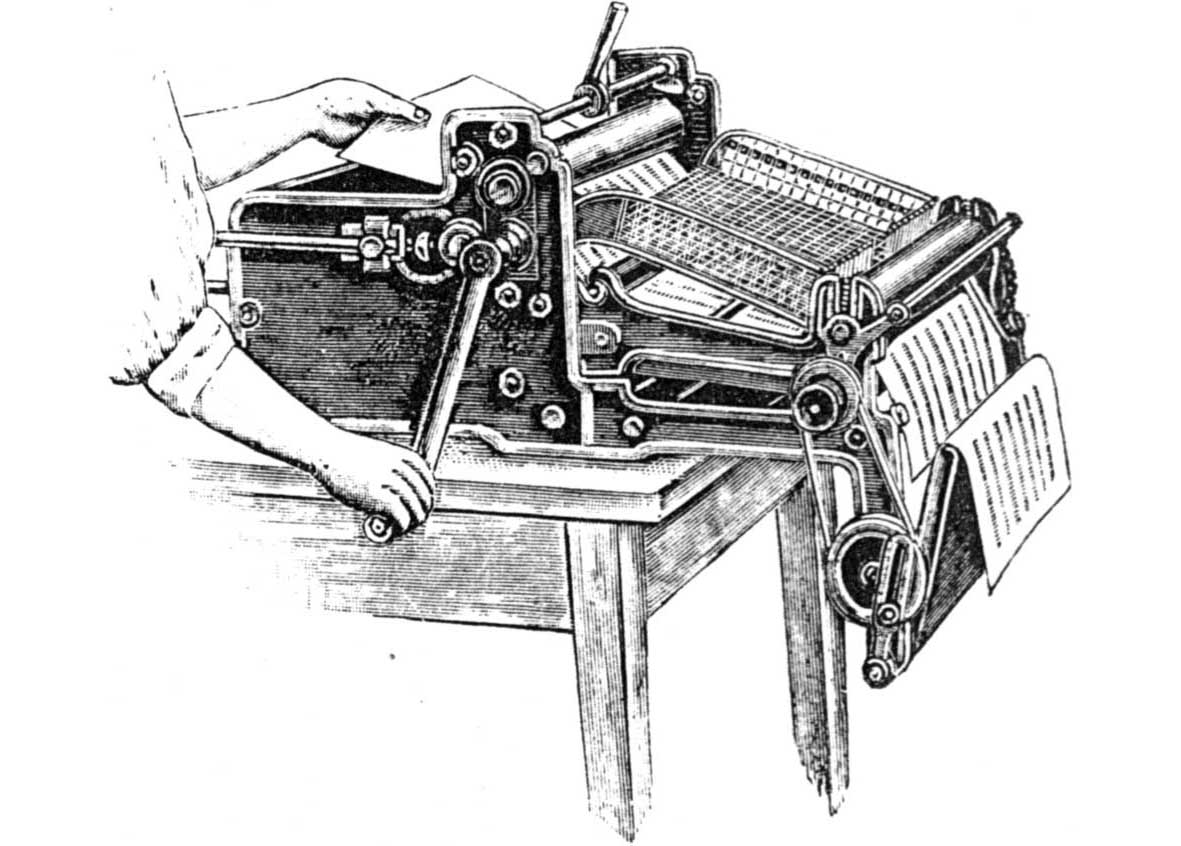
In contrast to the literature on copying, I do not know the individual publications on copiers: apparently, due to the fact that the technique was entirely foreign. These photographs are taken from articles in domestic accounting journals, as well as from some foreign books of the time.
The pictures got into domestic magazines also mainly from foreign sources: the domestic author found an article in a foreign magazine, or a book published abroad, or, in extreme cases, borrowed a picture from a translated publication (although there were few of them) and put the material in his own article, from which the masses of office plankton learned about the novelty. It must be said that this principle of communicating information to specialists has undergone few changes, although today there are no more possibilities than examples.
Since the 1940s. materials on copying equipment from the accounting literature disappeared for many decades, first due to the war, then due to the fact that copying machines were located behind the iron doors of secret departments, where the entrance was strictly forbidden to ordinary people.
What happened next, you know.
PS Habravchane - thanks to them for this great! - made several important clarifications and comments on the topic. Read in the comments.
Source: https://habr.com/ru/post/176615/
All Articles